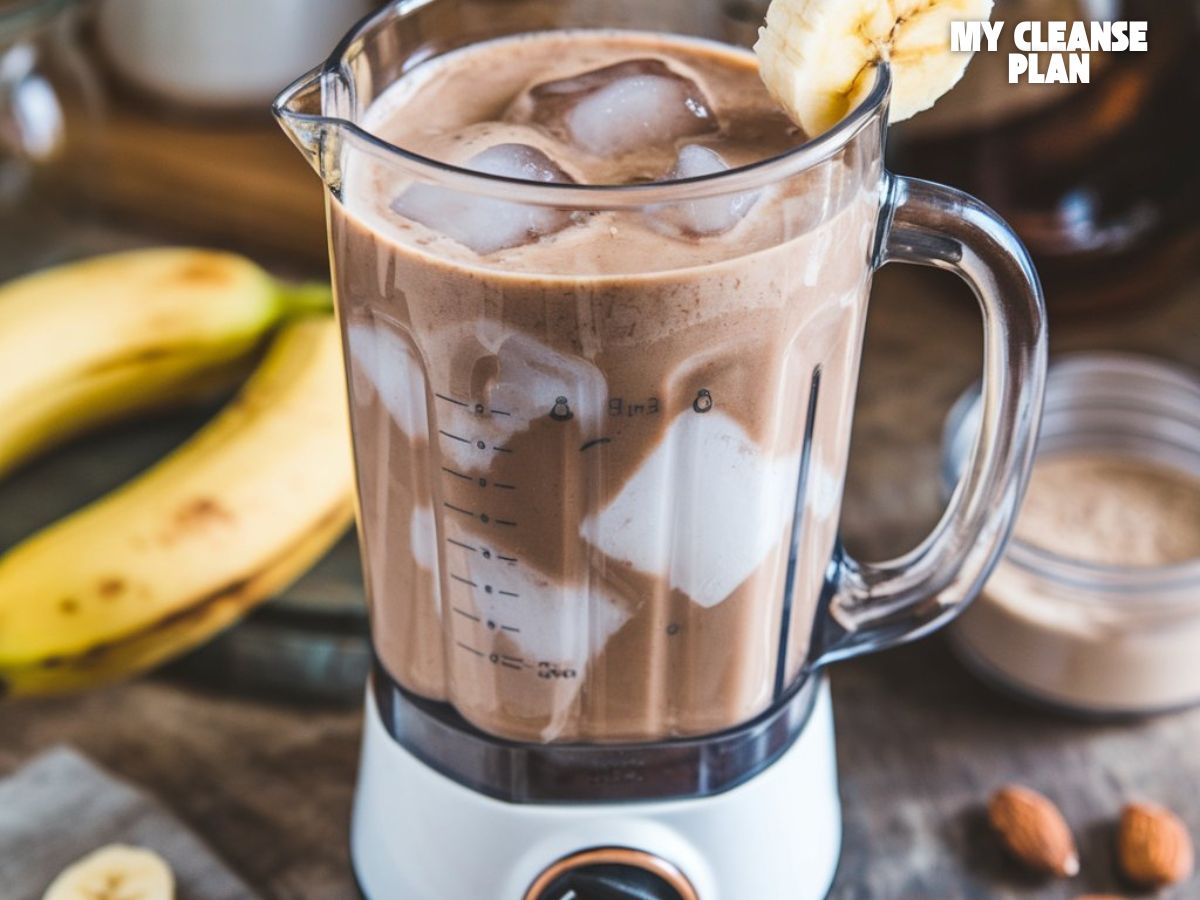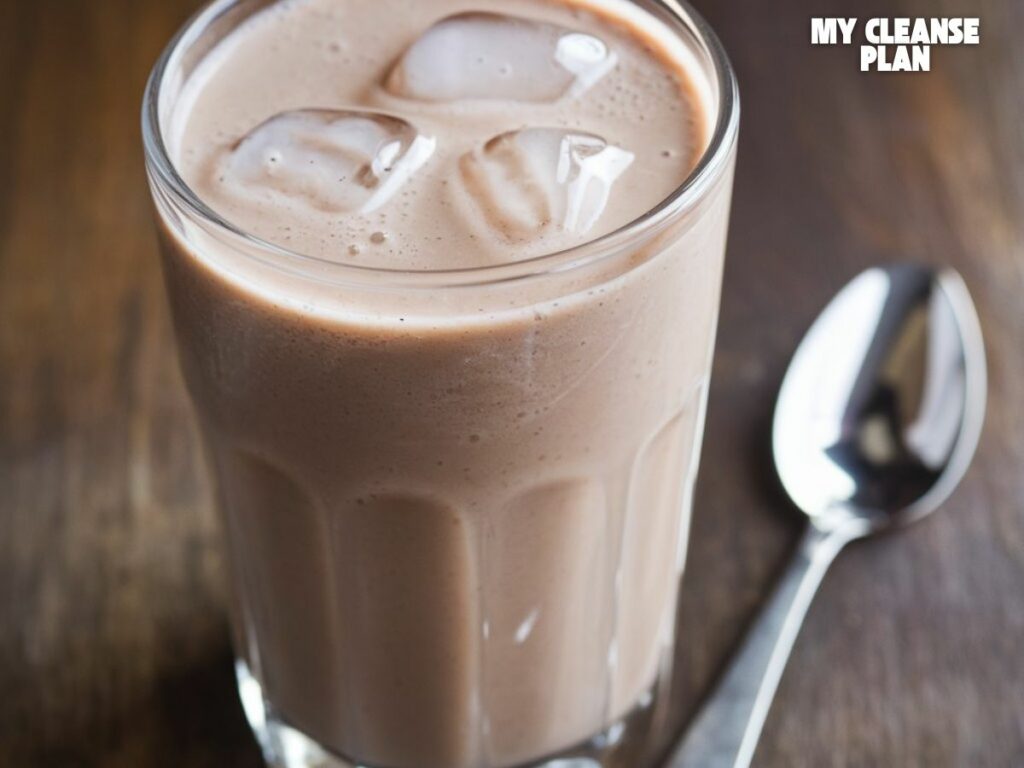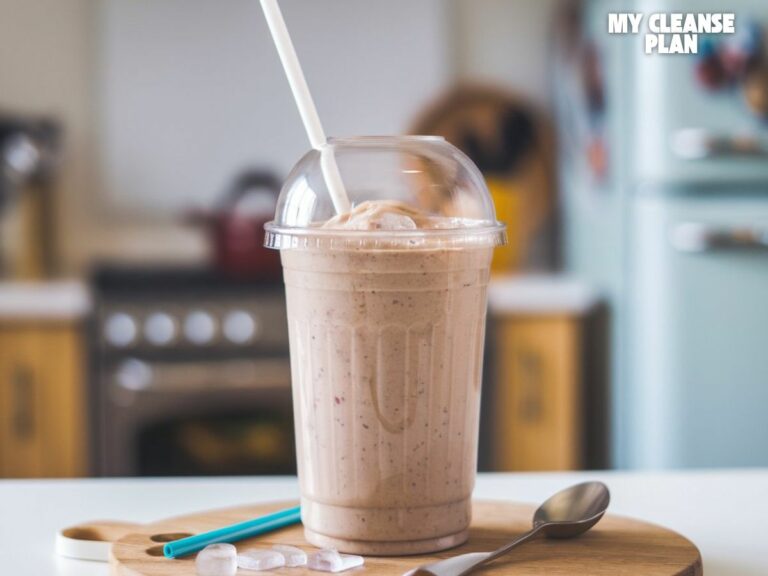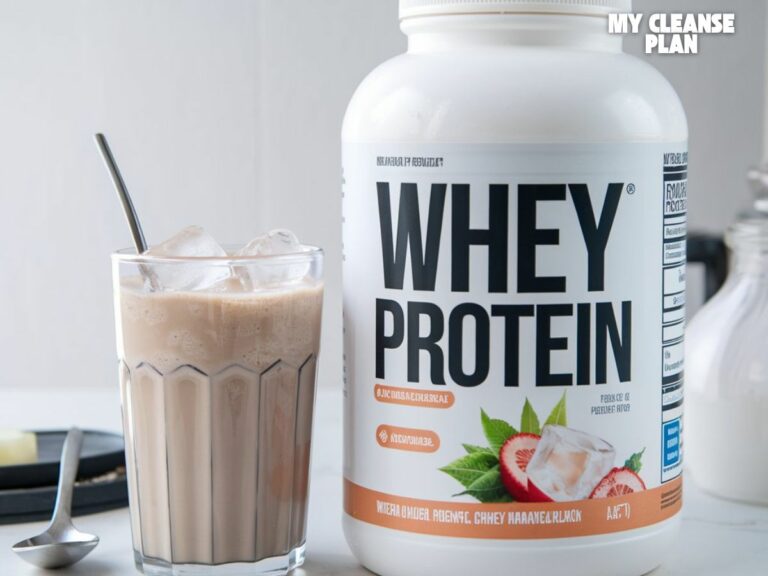What Protein Shakes are Lactose Free? Best Lactose Free Protein Shakes
Are you lactose intolerant or simply trying to reduce your dairy intake? Finding a delicious and nutritious protein shake can be a challenge.
But fear not! There are plenty of lactose-free protein shake options out there that can satisfy your cravings and provide the protein boost you need.
In this comprehensive guide, we’ll dive into the fact of what protein shakes are lactose-free and explore the best lactose-free protein shakes, their nutritional benefits, and how to incorporate them into your diet. So, without further ado let’s get started!

Key Takeaways
Expert Guide
Understanding Lactose Intolerance
Lactose intolerance is a condition where the body struggles to digest lactose, the natural sugar found in milk and dairy products.
When someone with lactose intolerance consumes dairy, they may experience unpleasant symptoms such as bloating, gas, diarrhea, and abdominal pain.
The good news is that there are many dairy-free and lactose-free alternatives available, including plant-based protein sources that can be used to make delicious and nutritious protein shakes.
What Makes a Protein Shake Lactose Free?
Lactose-free protein shakes are made using protein sources that don’t contain lactose. Common bases include:
- Whey Protein Isolate: This is a purer form of whey with very little lactose. Most people with lactose intolerance can handle it well.
- Plant-Based Proteins: These include options like pea, rice, hemp, and soy. They’re naturally lactose-free and often packed with other nutrients.

The Benefits of Lactose-Free Protein Shakes
To find the answer of what protein shakes are lactose free/ best lactose free protein shakes, we must find the benefits of lactose-free protein shakes, with lactose intolerance or those simply looking to reduce their dairy intake:
Easy Digestion
Since these shakes are free from lactose, they are much easier for the body to digest, reducing the risk of uncomfortable gastrointestinal issues.
Nutritional Value
Lactose-free protein shakes can be packed with high-quality protein, essential vitamins, minerals, and other nutrients, making them a great addition to a balanced diet.
Versatility
With a variety of plant-based protein sources, such as pea, soy, or hemp, lactose-free protein shakes can cater to different dietary preferences and needs.

How to Choose the Best Lactose Free Protein Shakes
With so many options, how do you pick the right one? Here are some tips:
- Check the Ingredients: Always read the label. Look for shakes with minimal added sugars and no artificial ingredients.
- Consider Your Dietary Needs: Are you vegan? Gluten-free? Make sure the protein shake aligns with your dietary preferences.
- Taste Matters: Don’t skimp on flavor. A shake should be enjoyable to drink. Many brands offer sample sizes, so you can try before you buy.
- Nutritional Profile: Look for shakes that offer a good balance of protein, fats, and carbohydrates. If you need a meal replacement, consider shakes that are fortified with vitamins and minerals.
The Best Lactose-Free Protein Shakes
Now, let’s explore some of the best lactose-free protein shake options:
1. Pea Protein Shakes
Pea protein is a popular choice for lactose-free protein shakes. It is derived from yellow split peas and is naturally lactose-free, making it a great option for those with lactose intolerance. Pea protein is also rich in essential amino acids and easy to digest.
2. Soy Protein Shakes
Soy protein is another excellent lactose-free choice. It is derived from soybeans and is a complete protein, meaning it contains all the essential amino acids. Soy protein shakes are versatile and can be flavored in a variety of ways.

3. Almond Milk Protein Shakes
Almond milk is a fantastic dairy-free and lactose-free milk alternative that can be used as the base for protein shakes. Almond milk is naturally low in calories and high in various vitamins and minerals.
4. Hemp Protein Shakes
Hemp protein is a plant-based, lactose-free protein source that is rich in omega-3 fatty acids and fibre. Hemp protein shakes are a great option for those looking to boost their overall nutrient intake.
5. Coconut Milk Protein Shakes
Coconut milk is another dairy-free and lactose-free milk alternative that can be used to make delicious and creamy protein shakes. Coconut milk is high in healthy fats and provides a unique flavour profile.
The Benefits of Lactose-Free Protein Shakes
Switching to lactose-free protein shakes can provide a number of benefits, especially for those with lactose intolerance:
- Improved Digestive Comfort: Without the lactose to irritate your digestive system, lactose-free protein shakes can help prevent unpleasant symptoms like bloating, gas, and diarrhea.
- Broader Protein Options: Expanding beyond just whey and casein opens up a whole world of lactose-free protein powder choices, from plant-based to egg-based to collagen.
- Nutrient-Dense Shakes: Many lactose-free protein powders like pea, rice, and collagen provide a wide array of beneficial nutrients beyond just protein.
- Guilt-Free Indulgence: Enjoying a creamy, delicious protein shake without the discomfort of dairy can be a real game-changer for those with lactose intolerance.
So if you’re looking to improve your digestive health, expand your protein shake options, and enjoy a nutritious and satisfying treat, give some of these lactose-free protein shake recipes a try.
Creating Your Own Lactose-Free Protein Shakes
Now that you know about some of the best lactose-free protein shake options, let’s talk about how you can create your customized shakes at home:
Step 1: Choose Your Protein Source
Select a lactose-free protein powder, such as pea, soy, or hemp, that aligns with your dietary preferences and needs.
Step 2: Pick a Dairy-Free Milk Alternative
Opt for a milk alternative like almond milk, coconut milk, or oat milk to create the base of your shake.
Step 3: Add Your Favorite Flavors
Experiment with different flavors by adding fruits, nut butters, cocoa powder, or even a touch of vanilla or cinnamon.
Step 4: Blend it All Together
Combine your protein powder, milk alternative, and any other desired ingredients in a high-powered blender and blend until smooth.
Incorporating Lactose-Free Protein Shakes into Your Diet
Lactose-free protein shakes can be a wonderful addition to a balanced diet. Here are some tips for incorporating them:
- Breakfast or Post-Workout Boost: Start your day or refuel after a workout with a nutrient-dense lactose-free protein shake.
- Snack Replacement: Swap out unhealthy snacks for a satisfying and protein-packed lactose-free shake.
- Meal Supplement: Use lactose-free protein shakes to supplement your meals, especially if you’re struggling to meet your protein needs.
Explore Also:
Creativehouseblog
Dietsheriff
Gigasecurehome
Lactose intolerance doesn’t have to mean sacrificing the benefits of protein-rich shakes. With the abundance of lactose-free protein shake options available, you can enjoy what protein shakes are lactose free from this read.
Whether you opt for pea, soy, almond, hemp, or coconut milk-based shakes, the key is to find the one that suits your taste buds and digestive system best. So, go ahead and start blending your way to a healthier, happier you!
FAQs Of What Protein Shakes are Lactose Free? Best Lactose Free Protein Shakes
How do I know if a protein shake is truly lactose-free?
Check the ingredient list and look for plant-based proteins like pea, rice, or hemp instead of dairy-based proteins like whey or casein.
Can I use lactose-free protein shakes as a meal replacement?
Yes, lactose-free protein shakes can be used as a nutritious meal replacement, providing a balance of protein, carbohydrates, and healthy fats to support your dietary needs.
What are some of the best lactose-free protein shake recipes to try?
Some delicious and nutritious lactose-free protein shake recipes include Chocolate Peanut Butter Bliss, Tropical Green Machine, Berry Banana Blast, Creamy Cashew Dream, and Nutty Mocha Latte.
What are the benefits of switching to lactose-free protein shakes?
Switching to lactose-free protein shakes offers several benefits, including improved digestibility, increased nutrient absorption, and broader dietary flexibility.






